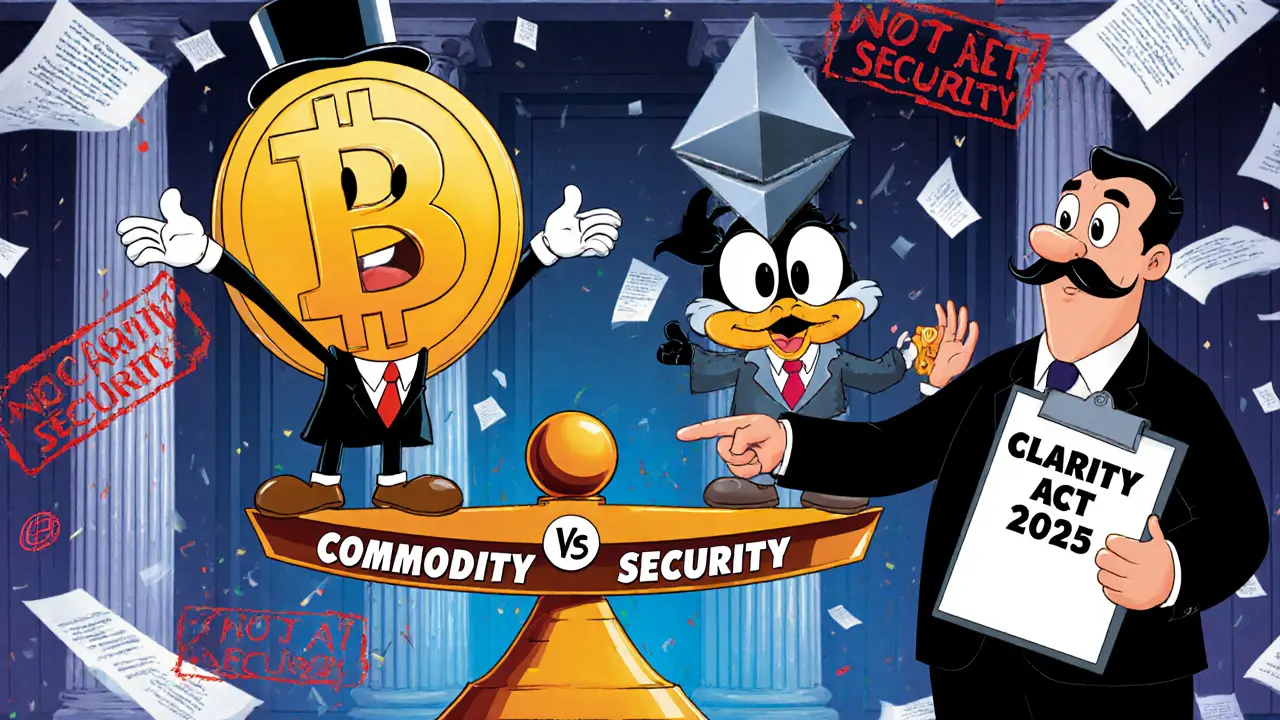MiCAR Explained: What It Is, How It Affects Crypto, and Why It Matters
When you hear MiCAR, the Markets in Crypto-Assets Regulation, a sweeping EU law that sets rules for crypto issuers, exchanges, and service providers. Also known as MiCA, it's not just another piece of paperwork—it's the first time a major economy has laid out a clear, enforceable framework for digital assets. Before MiCAR, crypto operated in a gray zone: some countries banned it, others ignored it, and most just hoped nothing blew up. Now, if you're running a crypto exchange, launching a token, or even just holding assets in the EU, MiCAR decides what’s legal, what’s risky, and what gets shut down.
MiCAR doesn’t just target big players—it reaches down to everyday users. If a project wants to sell tokens in the EU, it must publish a whitepaper approved by regulators, prove it has enough reserves, and show how it plans to protect users. That’s why you’re seeing fewer anonymous meme coins and more structured, compliant tokens like SwissBorg (BORG), a token tied to a regulated wealth platform that already meets many MiCAR requirements. It’s also why exchanges like dYdX, a decentralized derivatives platform that blocks users in certain countries to stay compliant are tightening access—not because they’re anti-decentralized, but because MiCAR forces even decentralized platforms to act like centralized ones in key areas.
And it’s not just about rules—it’s about trust. MiCAR pushes for transparency. If a project promises rewards, it must explain how. If an exchange claims to be secure, it must prove it. That’s why posts about EOSex, a once-popular exchange that vanished after failing to meet basic accountability standards are more relevant than ever. MiCAR makes those kinds of failures harder to hide. It’s why airdrops like those from CoinMarketCap, a platform now working under stricter disclosure rules as part of the EU’s broader digital asset ecosystem are getting more detailed and less sketchy.
What does this mean for you? If you’re trading, investing, or building in crypto, you’re now operating under a new set of ground rules. MiCAR isn’t going away. It’s rolling out in phases through 2025 and beyond. Projects that ignore it will fade. Platforms that adapt will survive. And users who understand it will avoid scams, penalties, and frozen funds. The posts below cover exactly that: how MiCAR shapes real-world crypto projects, why some exchanges are disappearing, how airdrops are changing, and what you need to do to stay safe and legal. This isn’t theory—it’s your next move.

